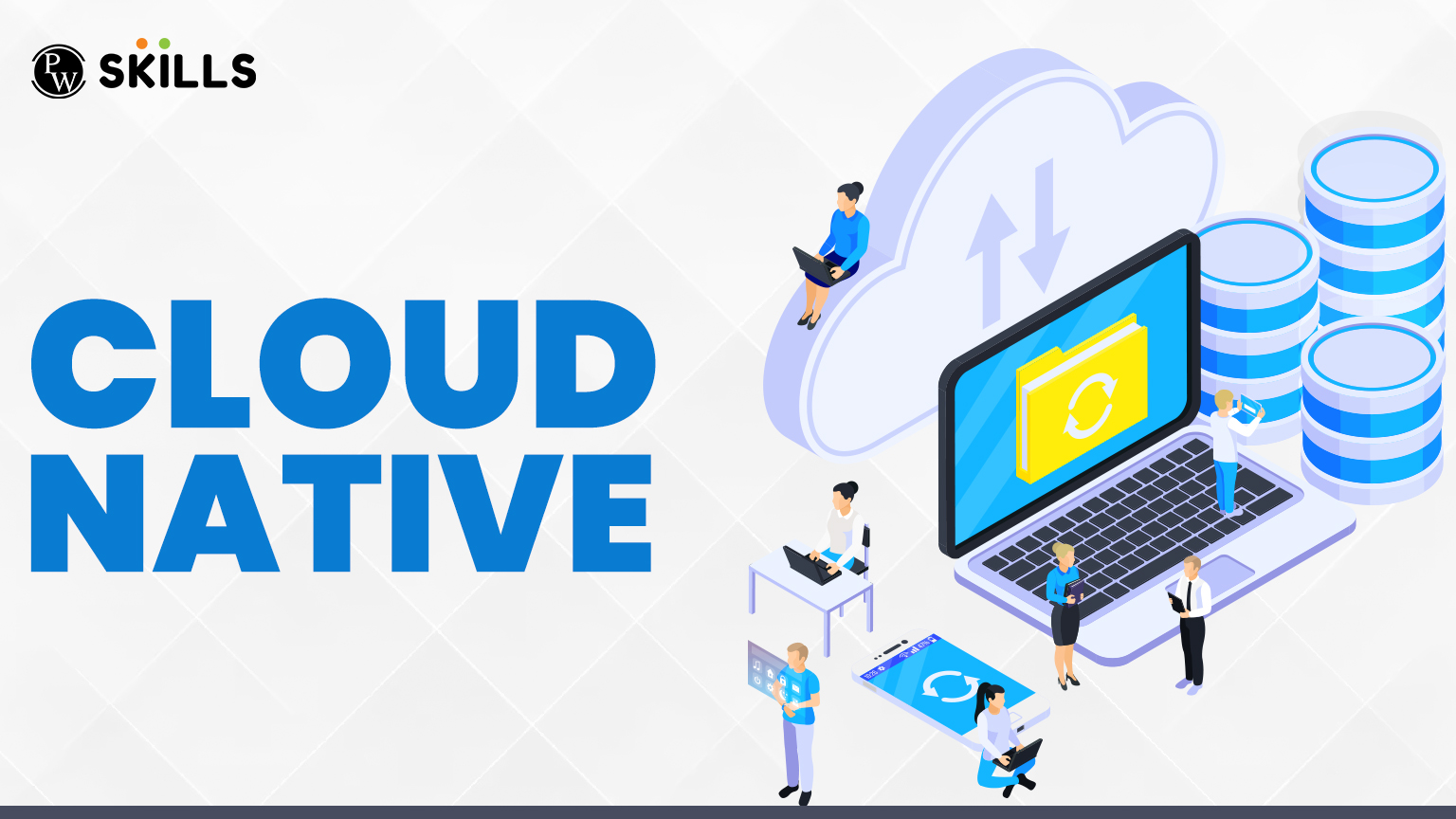Cloud native is a part of the biggest innovations of this age which is cloud computing. Cloud native builds scalable, fast and resilient applications fully leveraging cloud computing technologies and frameworks. Remote access, automated updates, online services, and more are possible with the cloud platforms.
In this blog, we will learn more about Cloud native technologies, importance, benefits and more. Read the complete tutorial blog to get familiar with this popular term “cloud native.”
What Is Cloud Native?
Cloud Native is an approach in which applications are developed, deployed and run in a cloud environment using cloud computing methods and tools. Cloud native is all about taking advantage of advanced architecture and automation to handle application complexities and deliverables.
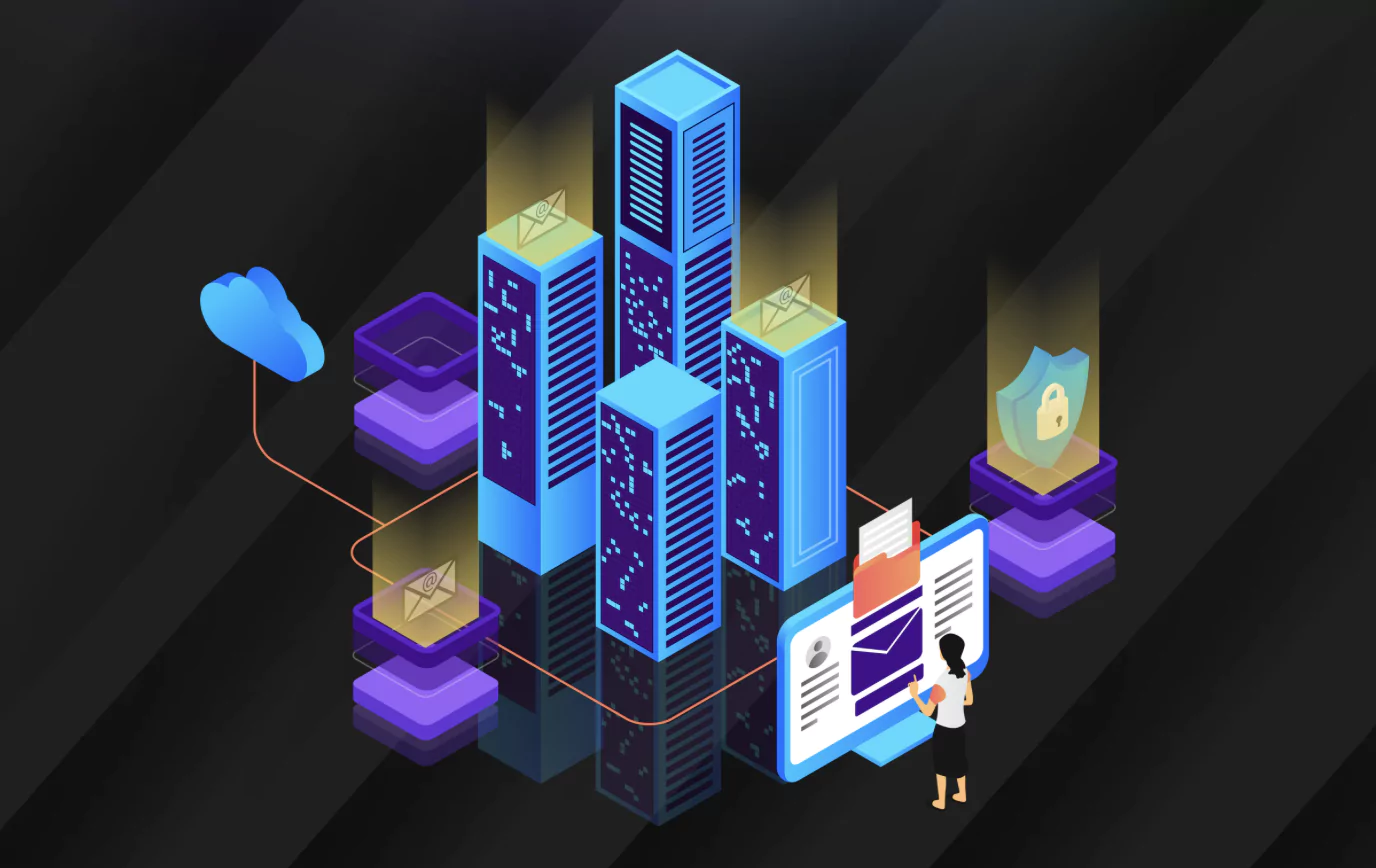
Cloud native consists of reusable and discrete components that are known as microservices designed to integrate into cloud environments quickly. Microservices are the building blocks of applications which can easily be scaled as per need.
Cloud Native: Key Takeaways
- Cloud Native makes the usage of cloud computing models to design, construct and manage workloads.
- Cloud native help organisations to build and run scalable applications in different cloud environments, such as private, public and hybrid clouds.
- Cloud native build applications that are resilient, scalable, and easy to manage by using modern tools and techniques made for cloud environments.
- Dockers, Kubernetes, Jenkins, GitHub Actions, Grafana, Linkerd are some of the examples of cloud native technologies.
Why Is Cloud Native Is Better Than The Traditional Applications?
Cloud native is a modern approach aimed at improving the performance, speed and agility of an application using the benefits of a cloud computing environment. Traditional applications used to follow the monolithic architecture where the complete application is built as one and the greatest disadvantage was that if one part or component fails the entire system fails.
To its solutions we got cloud native applications which are having microservice architecture in which each part has its own services and independent of each other hence no pressure of entire system failure at once. This was one of the biggest breakthroughs we achieved.
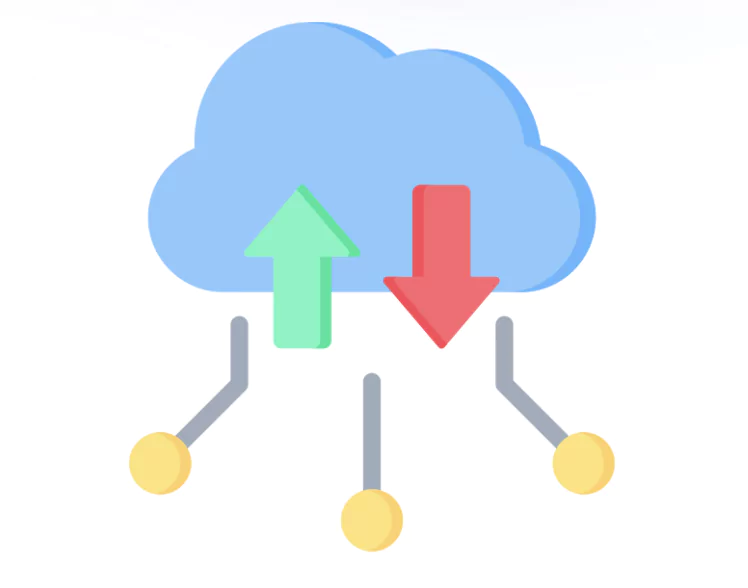
The deployment in Cloud native is carried out using Kubernetes or Containers where kubernetes is an open source container which is used to automate payment, scaling and management of containerized applications. While, the traditional applications are based on VMs or Bare metal. Also, the scalability in the traditional applications are limited while it is not limited in cloud native applications.
The updates in Cloud native applications can be continuous using the CI/CD Pipelines while in traditional it needs to be scheduled and are often infrequent. The traditional applications are less fault tolerant as compared to cloud native applications which consist of self healing capabilities and hence greater resilience.
Examples of Cloud Native Applications
Let us discuss three popular applications available on most of the gadgets around the world and how they are using the cloud native applications to gain more efficiency, speed and resilience.
1. Netflix
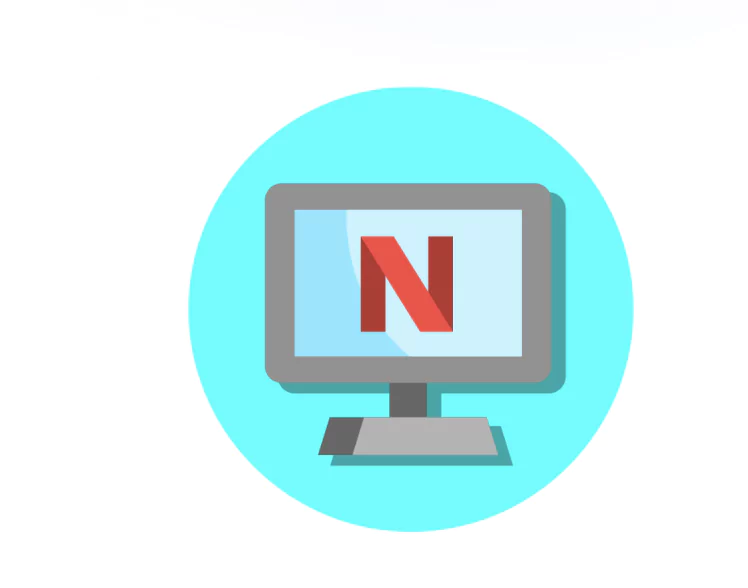
Let us take an example to understand the Cloud native application and what better than starting with the popular streaming application, Netflix, a global streaming service for movies and TV shows.
Netflix is built using microservices architecture of cloud computing which runs on Amazon Web Services (AWS) which is a cloud infrastructure. It uses containers and CI/CD pipelines to roll out new features on the application and updates frequently.
Being based on microservices architecture Netflix is resilient to complete system down as if one microservice fails others will keep running hence always operable.
2. Spotify
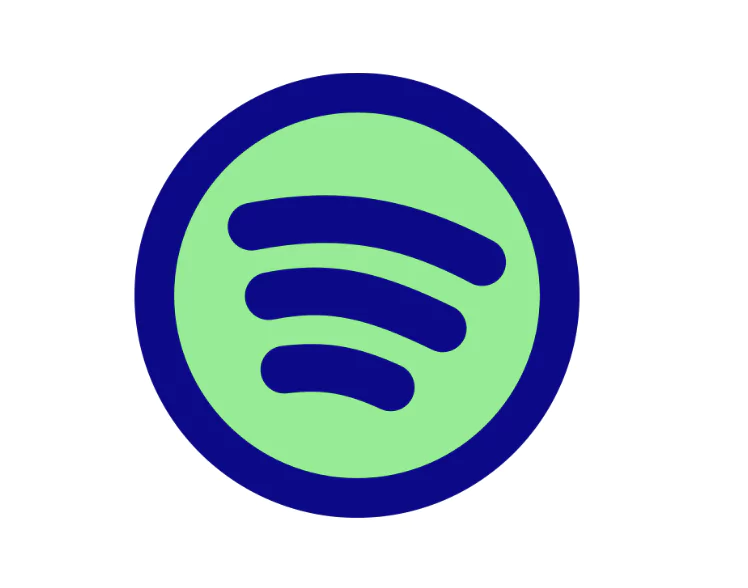
Spotify is a musical platform used by a large number of people around the world. It consists of microservices for music streaming, playlists, search features, user data, login and more.
Spotify uses Google Cloud Platform (GCP) and Kubernetes for container orchestration. It can scale automatically to handle millions of users streaming on the platform at once.
3. Amazon
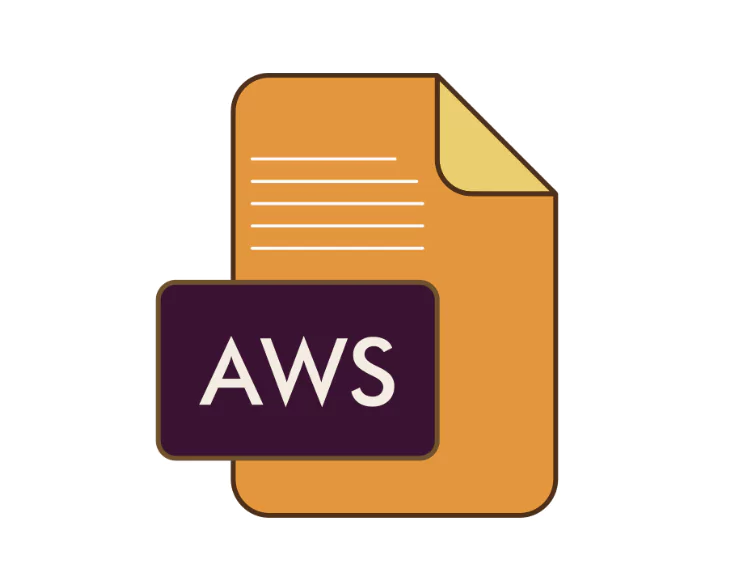
Amazon is one of the most popular e-commerce platforms providing different sets of essentials at doorsteps. Amazon is made using many microservices components such as search, payment, recommendations, delivery tracking, carts, catalog, and more.
To handle large groups of traffic and ensure availability, It uses auto scaling during the sales or peak traffic hours. This helps Amazon provide its services all around the world without a single off hours or failures.
Developing Applications with Cloud Native Architecture
The Cloud native applications are built in scalable environments and can operate under various types of cloud environments such as private, public, and hybrid cloud. Cloud native applications are built on using microservices architecture, kubernetes, containers, and other elements tools and frameworks.
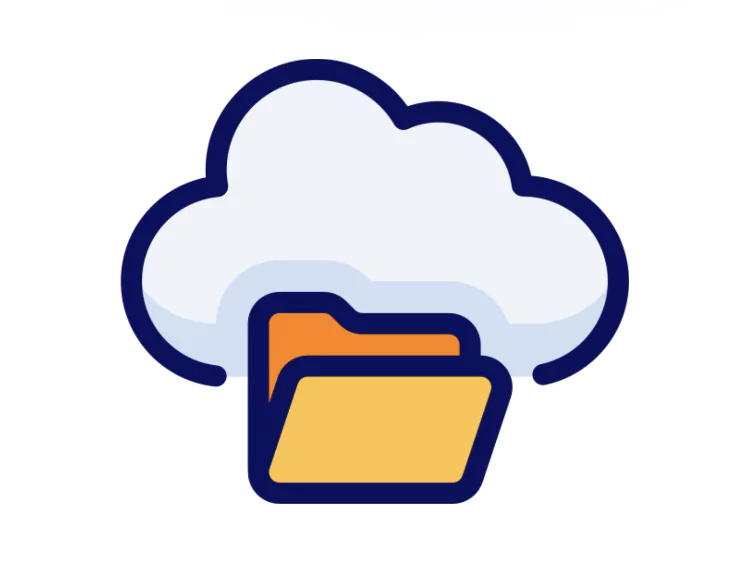
With containers cloud native applications become more reliable and portable across multiple environments where kubernetes can automate the deployment of these containers. With service mesh easier communication between services and security with API protection, data encryption becomes possible.
CI/CD ensures incremental software changes in production sage using automation. Where codes can easily be delivered, and modified quickly. Microservices breaks the applications into multiple services with each having its own function and capabilities. Event driven architecture on cloud native allows both serverless components and microservices.
Important Characteristics of Cloud Native Applications
The cloud native applications are based on crucial applications handling all major services throughout. Let us know some of them here.
1. Microservices Architecture
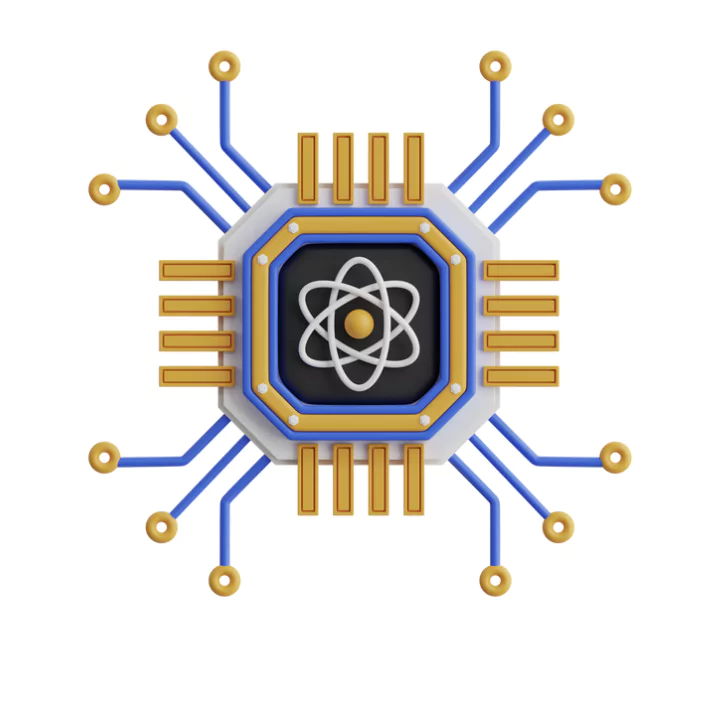
Cloud native is based on microservices architecture used to build software applications where applications are broken down into small and independent services.
Each service will have its own specific business where each can be developed, deployed and scaled independently based on the needs and requirements.
2. Containers
The container systems such as Docker uses code and dependencies packaged together for consistency across development, testing and production environments.
These containers are very portable and lightweight promoting more accessibility and availability of the application.
3. DevOps
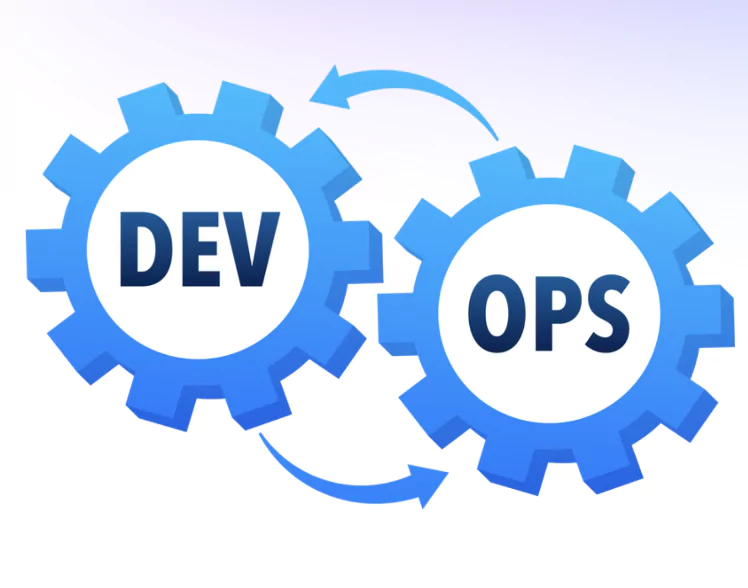
DevOps is an approach which builds a connecting bridge between the operation and development team in the software development process. It consists of automated pipelines for building, testing, and deploying software.
DevOps ensures continuous delivery and improvement of the application and enables frequent updates and faster rollbacks if required.
4. Orchestration
Orchestration with Kubernetes helps manage deployment, scaling and networking of the application automatically. With kubernetes automated deployment, management and scaling can take place at regular intervals. It is used to simplify the management of numerous applications hosted on multiple servers around the world.
5. Infrastructure as Code (IaC)
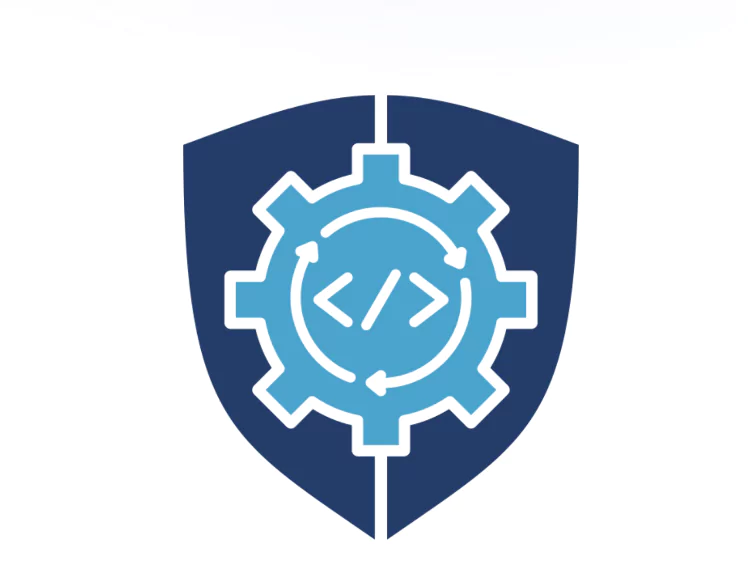
Infrastructure as Code is a complete setup managed through code. It consists of Terraform, CloudFormation tools. Organisations use it to manage, automate provisioning and even promote recovery of resources ensuring a reliable and repeatable cloud infrastructure.
Difference Between Cloud and Cloud Native Terms
Both these terms sound similar however share some major differences, let us understand the major differences between Cloud and Cloud native below.
- Cloud is a part of cloud computing which is a complete infrastructure with services such as storage, databases, networking, and more over the internet.
- Many companies pay for individual plans to access computing services on demand.
- While Cloud native is a designed approach which leverages cloud computing to build and run applications using cloud capabilities.
- While cloud being a place where the application runs which is called cloud infrastructure such as AWS, Azure, GCP, and more.
- Cloud native is all about how the application is built and optimised for the cloud infrastructures. It uses microservices, CI/CD, containers and more as its pillars.
- You can easily transfer your traditional simple app on cloud without changing almost anything while cloud native provides such application with resilience, scalability and agility.
Let us understand it using a simple example for each i,e. Cloud and cloud native. When hosting a website on AWS EC2 instead of your own server you are using the cloud infrastructure. A microservice based application deployed in Kubernetes with auto scaling is something Cloud native does.
What are the Benefits of Cloud Native Approach?
Cloud native applications are built using microservices approach with small teams, easy to scale, and more. Let us pen down some of the best advantages of cloud native applications below.
1. Scalability
Cloud native applications use automation removing any downtime due to the possible human error. You can easily balance the load of high demand during the surge traffic and optimise performance and cost distribution in a better manner.
2. Stable Releases
Cloud Native architecture allow developers to build, test and deploy new services during the software development life cycle which help bring stable and efficient products in the market and reduces the risk of deployment errors.
3. Faster Innovation
With cloud native approach developers productivity can be increased making it easier for them to innovate and try new features on applications. With automation in charge teams can easily develop in a flexible and scalable environment.
4. Lower Costs
With cloud native efficient deployment and deliverability reduces the overall cost of software development with automated updates and features rolling out frequently. These applications also allow sharing resources and pay for use models significantly lower the operating costs of the application model.
5. Higher Availability
With microservice approaches and self healing capabilities the cloud native applications provide high availability. The downtime significantly reduces due to low operational complexity and every component being independent reduces the chances of an overall shut down.
6. Portable
Cloud native applications are designed to be highly portable and can run anywhere in any condition. This makes it easy to move from one place to another without making any changes in hardware components or the entire application.
7. Improved Security
Cloud native design offers high security with API protection, Data encryption making it easy to detect and respond to any unauthorised access or attacks. It can easily find vulnerabilities and make necessary fixes. They are much easier to update or rollback based on the condition required.
8. Resilience
Cloud native applications are based on container systems and microservices can quickly recover from failure if any happen in any part of the system. It also ensures the optimal usage of cloud infrastructure to save resources.
Also Read:
- What Is An API Gateway? An Effective 8 Steps Guide
- How Does Quantum Computing In The Cloud Work?
- Which Of The Following Benefits Can Cloud Services Provide To Web Developers?: 4 Effective Benefits
- What is Cloud Security? A 12 Steps Complete Guide
Learn DevOps and Cloud Computing With PW Skills
Join our online DevOps and Cloud Computing Course and build strong basics in DevOps and cloud computing technology. Prepare for your AWS certification exam with industry experts. Master tools like Ansible, Terraform, Kubernetes, Jenkins, Dockers, and Cloud Computing and more.
Get in-depth learning through interactive classes, regular assessments, practice exercises, and work on industry-relevant projects throughout the course only at pwskills.com
Cloud Native Applications FAQs
Q1. What is Cloud Native?
Ans: Cloud Native is an approach in which applications are developed, deployed and run in a cloud environment using cloud computing methods and tools. Cloud native consists of reusable and discrete components that are known as microservices designed to integrate into cloud environments quickly.
Q2. What are some popular examples of Cloud native?
Ans: Netflix, Amazon, Spotify, Slack, Kubernetes, and many other platforms are built based on cloud native approach.
Q3. What is the use of Cloud Native?
Ans: Cloud native technologies are used in building, running, and deploying scalable applications in multiple environments. It makes use of cloud flexibility to implement scalability and efficiency.
Q4. What are the benefits of cloud native applications?
Ans: Cloud native applications make use of cloud computing, microservices, containers to improve performance, reliability, resilience, and more. Its best benefits include simplified development process, faster deliverable, cost savings, scalability and more.
Q5. What is the difference between cloud and cloud native?
Ans: The cloud is the delivery of computing services over the internet while the Cloud native is a design approach used for building and running applications that can use and leverage cloud capabilities.

